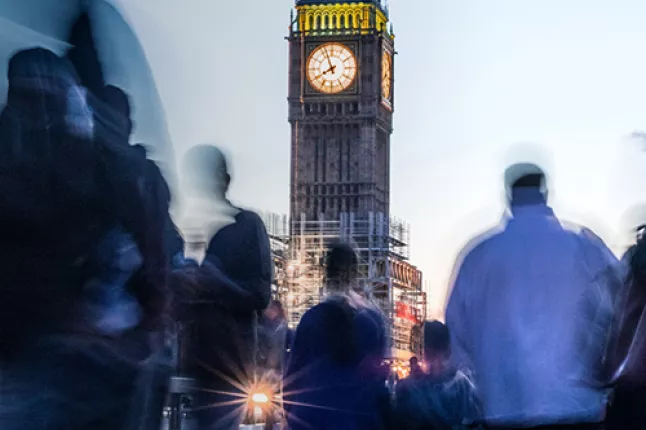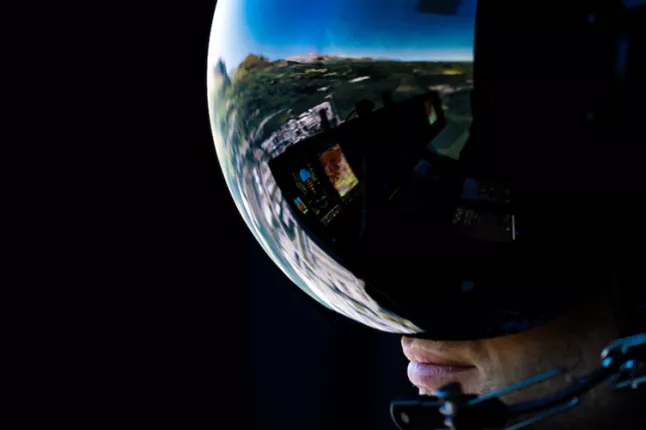Thales in the United Kingdom
Exploiting technology for the Nation’s benefit
In an ever more contested and volatile world, we help to create the security and stability that make sustainable progress possible. Providing the UK with cutting edge capabilities, we support national resilience and competitiveness on the world stage.
About Thales in the UK

Thales in the UK
We are devoted in our role as a strategic supplier to the UK, enhancing the nation’s resilience through reinforced supply chains and over £1bn of complex projects that we deliver each year to safeguard our society.
Capabilities
Giving our customers a competitive edge with proven global technology
The markets we operate in
You’ll find us in the air, on the ground, on the surface and in the depths of the oceans, orbiting the earth and cyberspace too. Our solutions cover defence, security, aerospace and space in the UK.

What we stand for
Proudly contributing to a safer, more sustainable UK

Sustainability
Pursuing and actively implementing corporate social responsibility is imperative at Thales. Based on rigorous social and environmental principles, alongside a continual commitment to the highest international standards, together we’re ensuring our operations are undertaken ethically throughout the company.
Careers
Working on the things that matter to the nation
Careers at Thales
UK Suppliers
Working together to innovate and succeed, building a future we can all trust
An ambitious and innovative supply chain is essential to our operations. Suppliers play a crucial part in meeting the needs of our customers, so it’s only right that we invest in, and nurture, strong, lasting relationships.

News and Magazine
Press Releases
Contact
UK General Enquiries
+44 118 943 4500 greenpark.reception@uk.thalesgroup.com
UK Press Enquiries
+44 7971 414 052 adrian.rondel@uk.thalesgroup.com
UK Accounts Payable (Thales Business Shared Services – Lisbon)
+35 1 218 714 500 tbss.customerservices@uk.thalesgroup.com
Accounts Receivable (Thales Business Shared Services – Lisbon)
+35 1 218 714 500 SASAccountsReceivable@uk.thalesgroup.com
Regional Offices
Please see here for contact details